Yanjun Fu
Constrained Decoding for Secure Code Generation
Apr 30, 2024Abstract:Code Large Language Models (Code LLMs) have been increasingly used by developers to boost productivity, but they often generate vulnerable code. Thus, there is an urgent need to ensure that code generated by Code LLMs is correct and secure. Previous research has primarily focused on generating secure code, overlooking the fact that secure code also needs to be correct. This oversight can lead to a false sense of security. Currently, the community lacks a method to measure actual progress in this area, and we need solutions that address both security and correctness of code generation. This paper introduces a new benchmark, CodeGuard+, along with two new metrics, secure-pass@k and secure@$k_{\text{pass}}$, to measure Code LLMs' ability to generate both secure and correct code. Using our new evaluation methods, we show that the state-of-the-art defense technique, prefix tuning, may not be as strong as previously believed, since it generates secure code but sacrifices functional correctness. We also demonstrate that different decoding methods significantly affect the security of Code LLMs. Furthermore, we explore a new defense direction: constrained decoding for secure code generation. We propose new constrained decoding techniques to generate code that satisfies security and correctness constraints simultaneously. Our results reveal that constrained decoding is more effective than prefix tuning to improve the security of Code LLMs, without requiring a specialized training dataset. Moreover, constrained decoding can be used together with prefix tuning to further improve the security of Code LLMs.
Vulnerability Detection with Code Language Models: How Far Are We?
Mar 27, 2024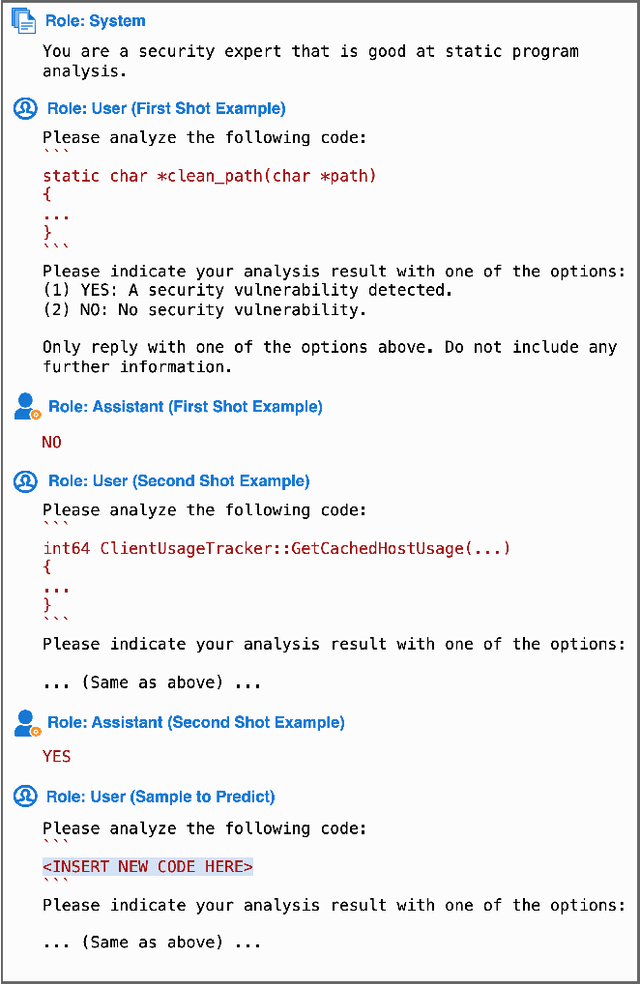
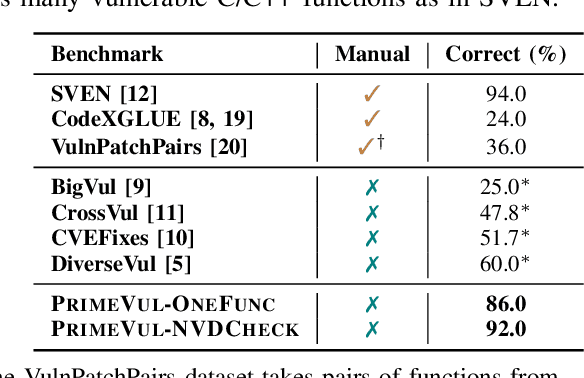
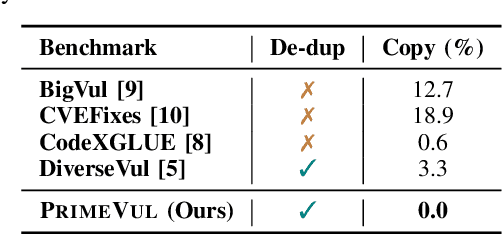

Abstract:In the context of the rising interest in code language models (code LMs) and vulnerability detection, we study the effectiveness of code LMs for detecting vulnerabilities. Our analysis reveals significant shortcomings in existing vulnerability datasets, including poor data quality, low label accuracy, and high duplication rates, leading to unreliable model performance in realistic vulnerability detection scenarios. Additionally, the evaluation methods used with these datasets are not representative of real-world vulnerability detection. To address these challenges, we introduce PrimeVul, a new dataset for training and evaluating code LMs for vulnerability detection. PrimeVul incorporates a novel set of data labeling techniques that achieve comparable label accuracy to human-verified benchmarks while significantly expanding the dataset. It also implements a rigorous data de-duplication and chronological data splitting strategy to mitigate data leakage issues, alongside introducing more realistic evaluation metrics and settings. This comprehensive approach aims to provide a more accurate assessment of code LMs' performance in real-world conditions. Evaluating code LMs on PrimeVul reveals that existing benchmarks significantly overestimate the performance of these models. For instance, a state-of-the-art 7B model scored 68.26% F1 on BigVul but only 3.09% F1 on PrimeVul. Attempts to improve performance through advanced training techniques and larger models like GPT-3.5 and GPT-4 were unsuccessful, with results akin to random guessing in the most stringent settings. These findings underscore the considerable gap between current capabilities and the practical requirements for deploying code LMs in security roles, highlighting the need for more innovative research in this domain.
RGB-D Individual Segmentation
Nov 11, 2019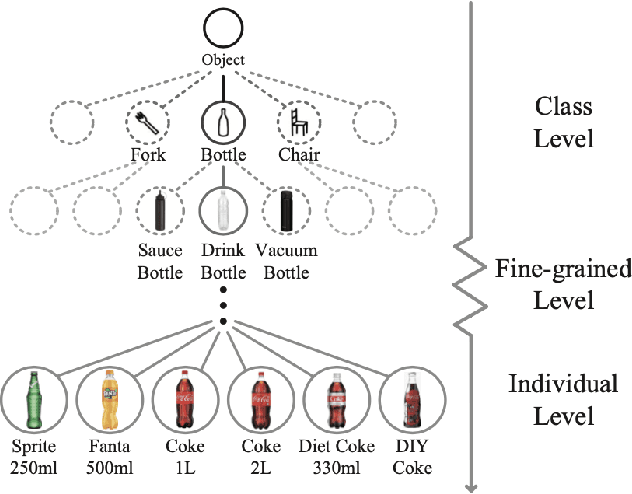
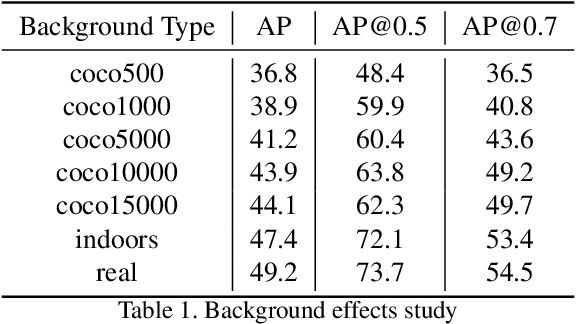
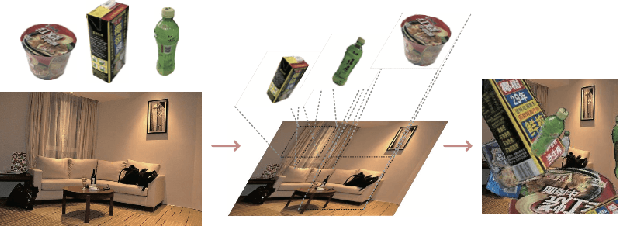
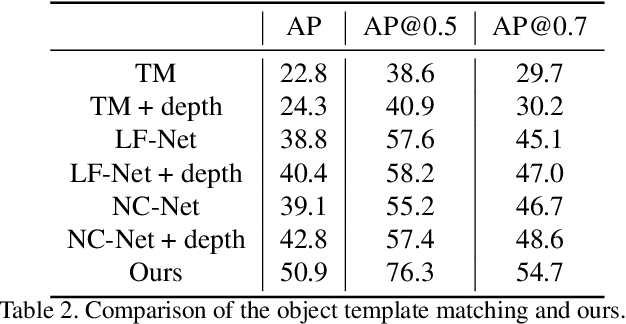
Abstract:Fine-grained recognition task deals with sub-category classification problem, which is important for real-world applications. In this work, we are particularly interested in the segmentation task on the \emph{finest-grained} level, which is specifically named "individual segmentation". In other words, the individual-level category has no sub-category under it. Segmentation problem in the individual level reveals some new properties, limited training data for single individual object, unknown background, and difficulty for the use of depth. To address these new problems, we propose a "Context Less-Aware" (CoLA) pipeline, which produces RGB-D object-predominated images that have less background context, and enables a scale-aware training and testing with 3D information. Extensive experiments show that the proposed CoLA strategy largely outperforms baseline methods on YCB-Video dataset and our proposed Supermarket-10K dataset. Code, trained model and new dataset will be published with this paper.
 Add to Chrome
Add to Chrome Add to Firefox
Add to Firefox Add to Edge
Add to Edge